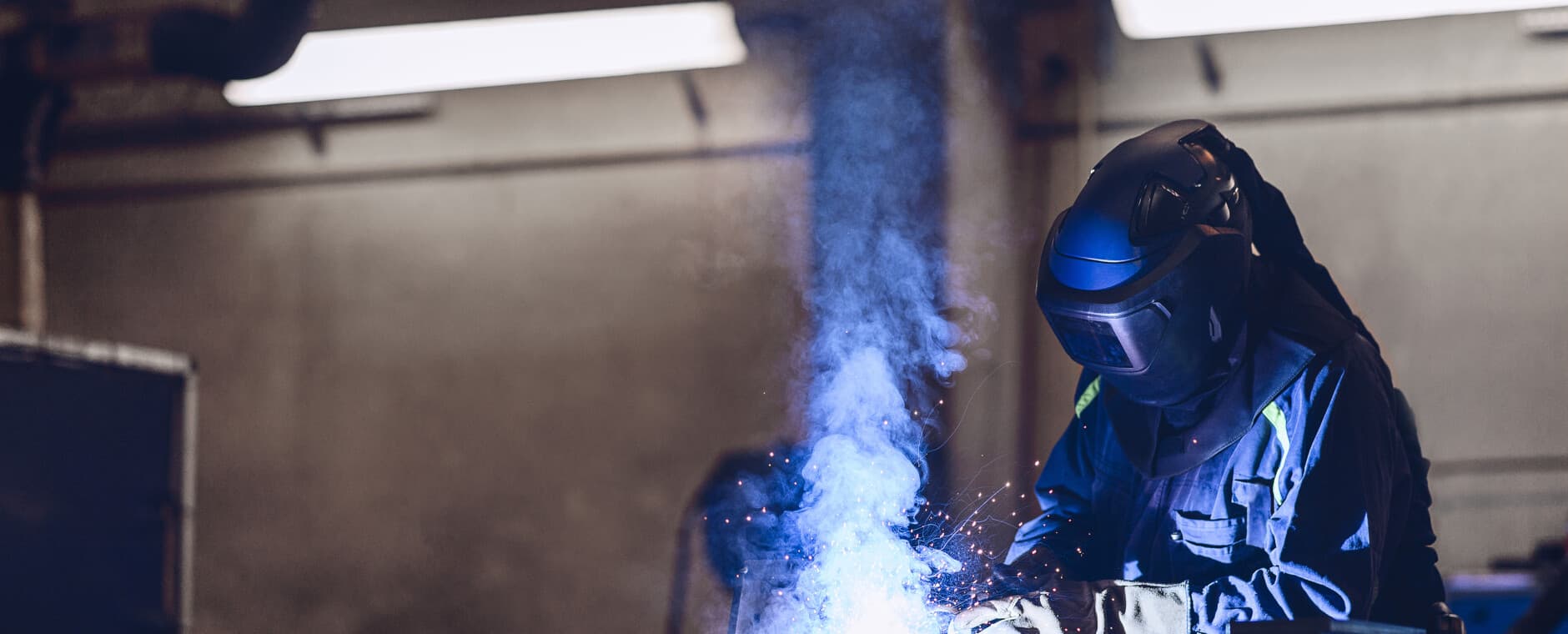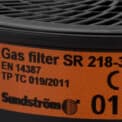Sundström Safety is a manufacturer of respirators and in the product portfolio there is an assortment of gas filters to protect the user from a large range of gases/vapours and fumes.
The gas filters are filled with one or several layers of activated and/or impregnated carbons depending on what type of gases the filter is intended to protect the user from. The activated carbon and impregnated carbon is made from peat, wood, coal or coconut shells.
The most common process to “activate” the carbon is a high temperature steam activation (1000 ºC) but it can also be manufactured with chemicals. The activation creates a variety of larger transport pores and smaller adsorption pores giving both a high capacity and good kinetics. This results in excellent adsorption.
A number of factors affect the usetime of a gas filter
As important as choosing the right gear for the environment you are working in, the understanding how factors can impact on a products life time is as important.
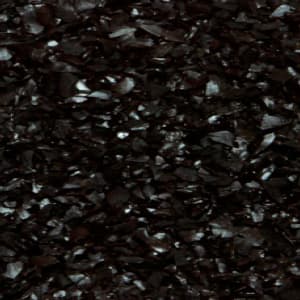
Type of filter
groups, i.e. those consisting of pure activated carbon, and those consisting of impregnated activated carbon. The latter may have different types of impregnation, depending on the pollutants for which they are intended. A type A filter consists of pure activated carbon, while all other types consist of carbon with various types of impregnation. A filter may obviously be used to provide protection against substances for which it has been granted type approval (A,B,E,K, etc.). On the other hand, filters have varying abilities to absorb chemicals outside these chemical groups. A type BE filter, for instance, can adsorb substantial quantities of organic solvents, but the actual value varies from one filter model to the next. This may be very important to bear in mind if a mixture of different pollutant types occurs in the work environment (which it virtually invariably does).
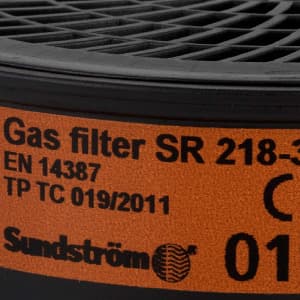
Size of filter
Gas filters can be assigned to three different filter classes, depending on their intended application. Only two classes occur in practice, i.e. class 1 and class 2. A class 2 filter has roughly 2 – 5 times higher adsorption capacity than a class 1 filter, but at the expense of higher weight and greater breathing resistance.
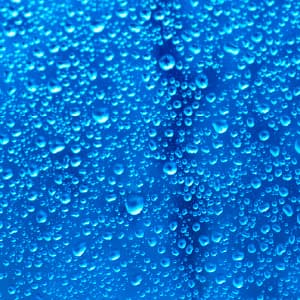
Ambient humidity and temperature
If a type A filter is used for organic solvents, the humidity in the air will be competing with the solvent for space in the filter, i.e. the higher the ambient humidity, the shorter the useful life of the filter. Impregnated carbon filters (B,E,K filters) do not have such sensitivity to ambient humidity. The temperature also affects the useful life of the filter. It is then also largely a moisture problem.
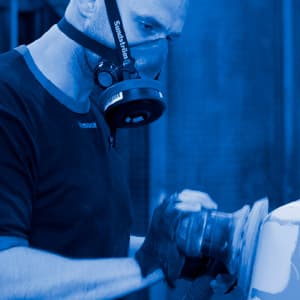
Work intensity
filter is the user’s work intensity. Increased work intensity increases the pulse and breathing rates. A larger volume of air flows through the filter during a given period of time, and the useful life of the filter is directly proportional to the air flow.
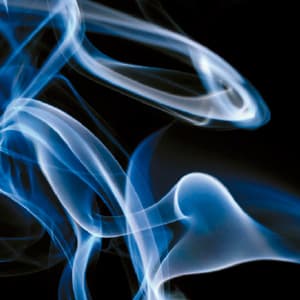
Concentration of a pollutant
The influence of this variable is easiest to assess. Considering the concentrations in which filter protection is used, the relationship between useful life and concentration is basically linear, i.e. if the concentration is halved, the useful life of the filter will be doubled. The problem linked to this aspect of the filter is that of determining the concentration of the pollutant in the air.


